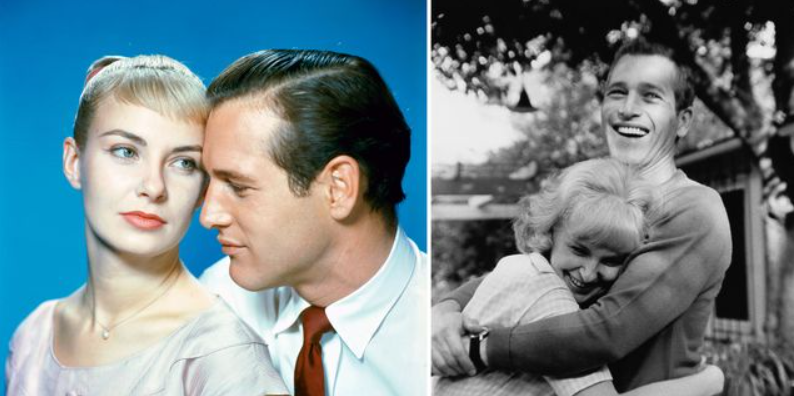In order to escape the oppressive New York City heat in August 1952, a little-known 22-year-old actress named Joanne Woodward sneaked into her agent’s office.
She found an equally unrecognized 27-year-old Paul Newman inside, who was perfectly attired in his seersucker suit, had a full head of curly hair, and had those startling blue eyes that would soon become well-known across the world.
Fifty years later, Woodward told that he “looked like an advertisement for an ice cream soda,” and that she immediately thought, “Ugh, that’s terrible.”

In Paul Newman: A Life by Shawn Levy, he remembered, “She was modern and independent.” “I was reserved and a little shy. I had a hard time convincing her that I wasn’t as boring as I appeared to be.”
In fact, any skepticism regarding Newman’s flawless appearance and purported dullness quickly gave way to a mutual appreciation and affection, opening the way for a relationship that would serve as the benchmark for all couples who endure life’s unforeseen ups and downs together.

The fact that Newman was already married and had a young son at the time prevented the two from acting on their mutual interest. Soon after “Picnic” premiered on Broadway in February 1953, he had a daughter; the following year, another girl was born.
Woodward and Newman made an effort to maintain a professional rapport. Even more, he arranged for her to meet a friend of his, dramatist James Costigan, calling her “a great girl.” Even so, the young, gorgeous thespians were unable to remain apart for very long because of how closely their budding careers bound them together on a social and professional level.
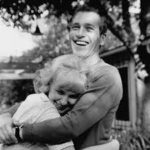
By the time they were chosen to co-star in The Long, Hot Summer (1958), Newman and Woodward were no longer concerned with keeping their relationship a secret from the cast, the crew, or any other casual onlooker. Jackie ultimately consented to a divorce, paving the way for the co-stars’ January 1958 wedding in Las Vegas.
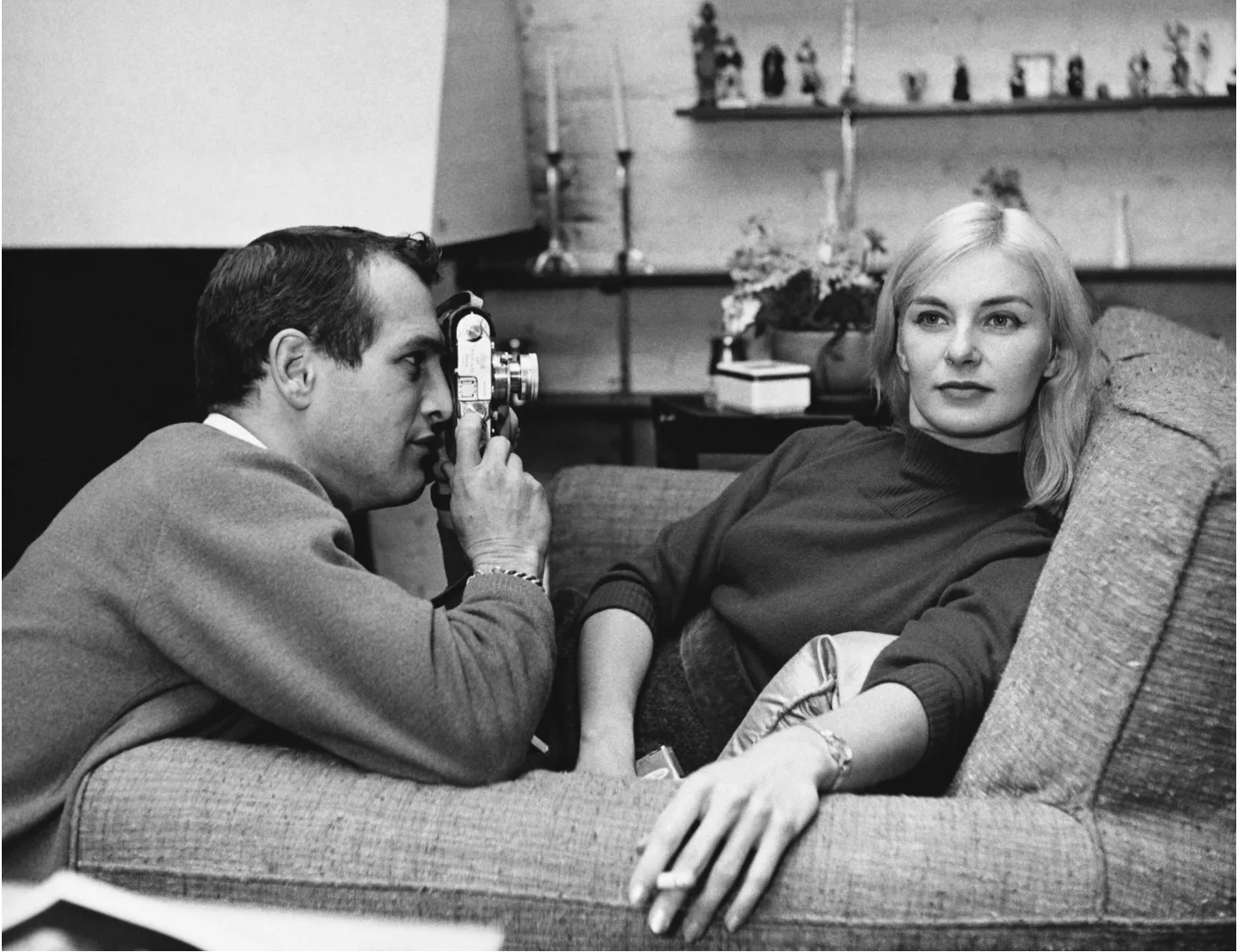
During this time, Newman transitioned from being a heartthrob actor to a major motion picture star with roles in movies like The Hustler (1961) and Hud (1963). (1963). Just one year after receiving an Academy Award for her role in The Three Faces of Eve (1957), Woodward gave birth to the first of their three daughters, appearing content to stall her career and focus on raising their expanding family.
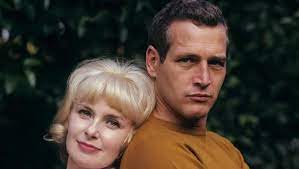
Later, Newman changed his mind and joined her for A New Kind of Love (1963). She became the subject of his debut feature film as a director, Rachel, Rachel, five years later. Even as she grew out of the primary romance parts, Woodward shown that she could still pack a dramatic punch.
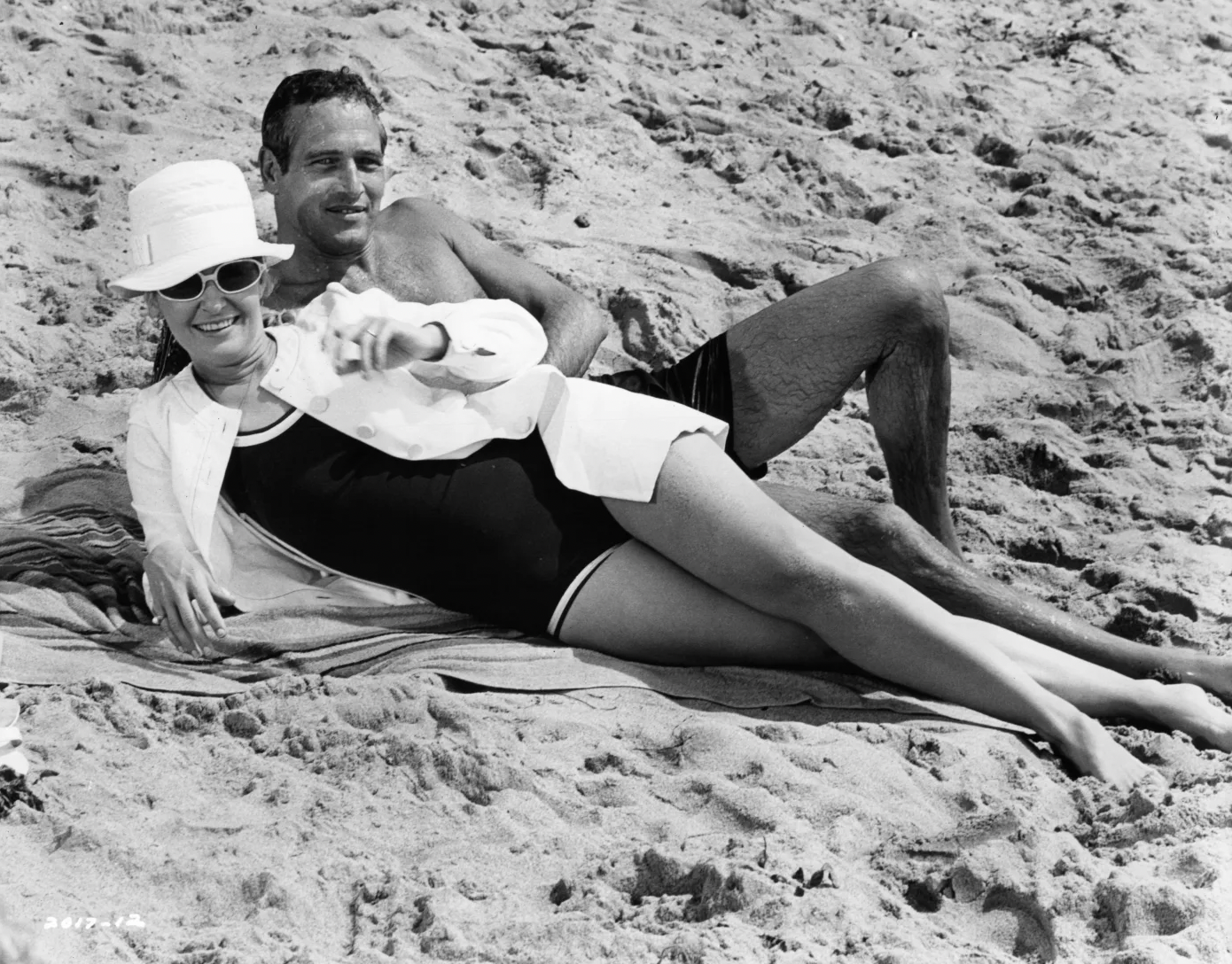
Newman was having an affair at this time with author Nancy Bacon. By taking a plane to England, the location of their honeymoon, the pair was able to acquire the much-needed one-on-one time they needed to get through what might have been an irreparable break in their marriage.

They worked together to support political candidates while remaining committed to their own careers. Newman once more took the helm of the camera to direct his wife in The Effect of Gamma Rays on Man-in-the-Moon Marigolds (1972). When it was time to finish their business for the day, the couple retired to their cherished home in a forested area of Westport, Connecticut. The estate contained a treehouse that was designated especially for their seclusion when visitors were in town.
Scott, Newman’s first marriage’s son, died tragically in 1978 after an unintentional drug overdose.

Their on-screen roles also changed as a result. With The Color of Money (1986), Newman entered the “older statesman” stage of his career and finally won an Oscar, while Woodward won an Emmy for her performance as an Alzheimer’s patient in the TV movie Do You Remember Love? (1985). Additionally, they continued to work together on the 1987 Woodward-starring, Newman-directed film The Glass Menagerie, and went on to co-star in Mr. and Mrs. Bridge (1990).

Despite soundbites, there were occasions when Newman needed only to be in his life partner’s presence. He abruptly called Woodward and asked her to join him as they were filming Blaze (1989) in Louisiana. She left everything behind to move to the south even though she was in the middle of the spring semester at Sarah Lawrence College in New York in order to finish a long-delayed degree. She said, according to A Life, “There’s no academic degree in the world that can equal in significance to the idea that the person you’ve loved for 31 years is missing you.”
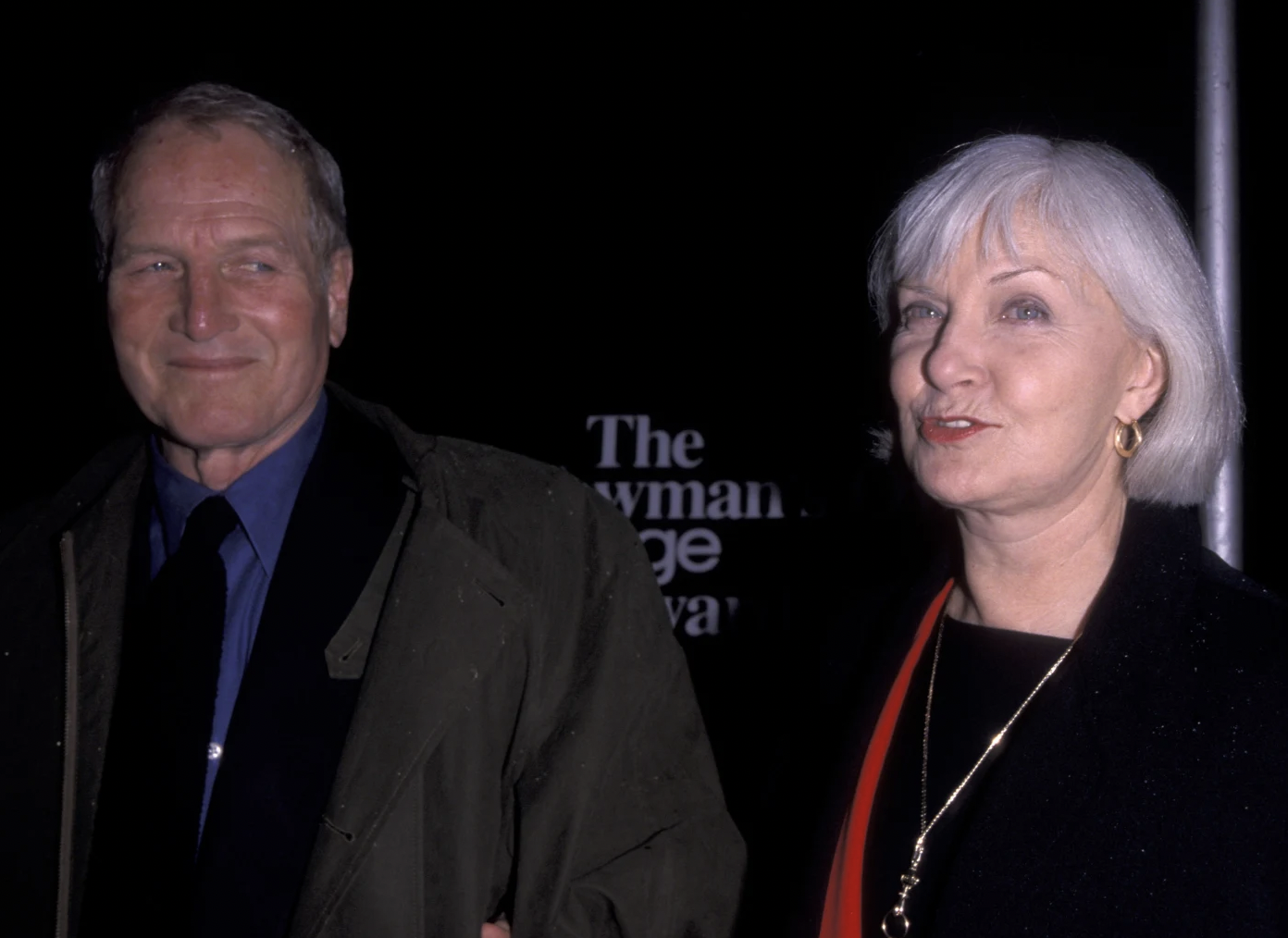
She remembered saying, “And I said he’s really good looking and very seductive and all of that, and what’s left is if you can make somebody laugh.”
Newman chimed in, “And I keep her laughing.

The couple celebrated their golden anniversary in January of the following year, three days after Newman turned 83. With Newman battling lung cancer and Woodward adjusting to the real-life start of Alzheimer’s, it was a low-key affair for the elderly couple, but it was nevertheless a memorable one. He spoke to a small group of their kids and friends, “I feel fortunate to adore that woman. The joy of my life is that I am married to her.

